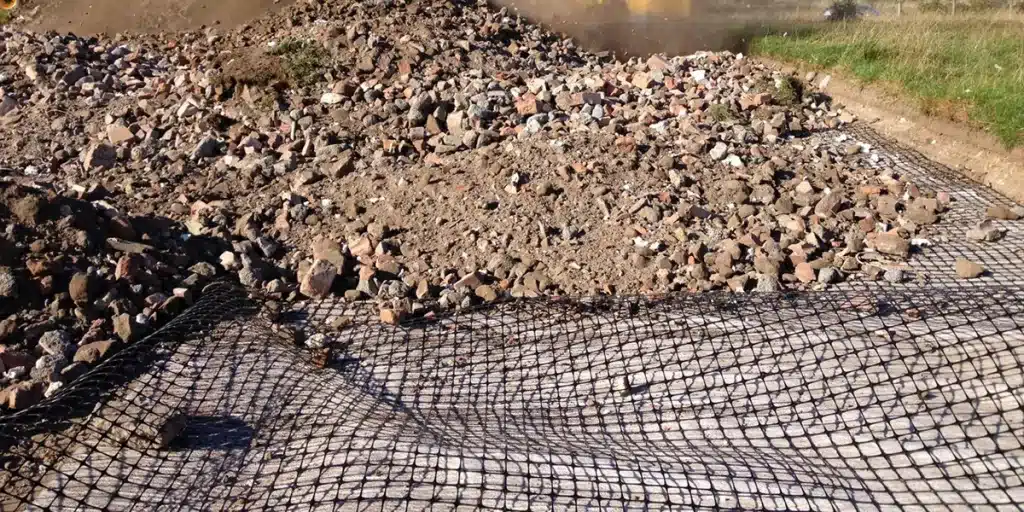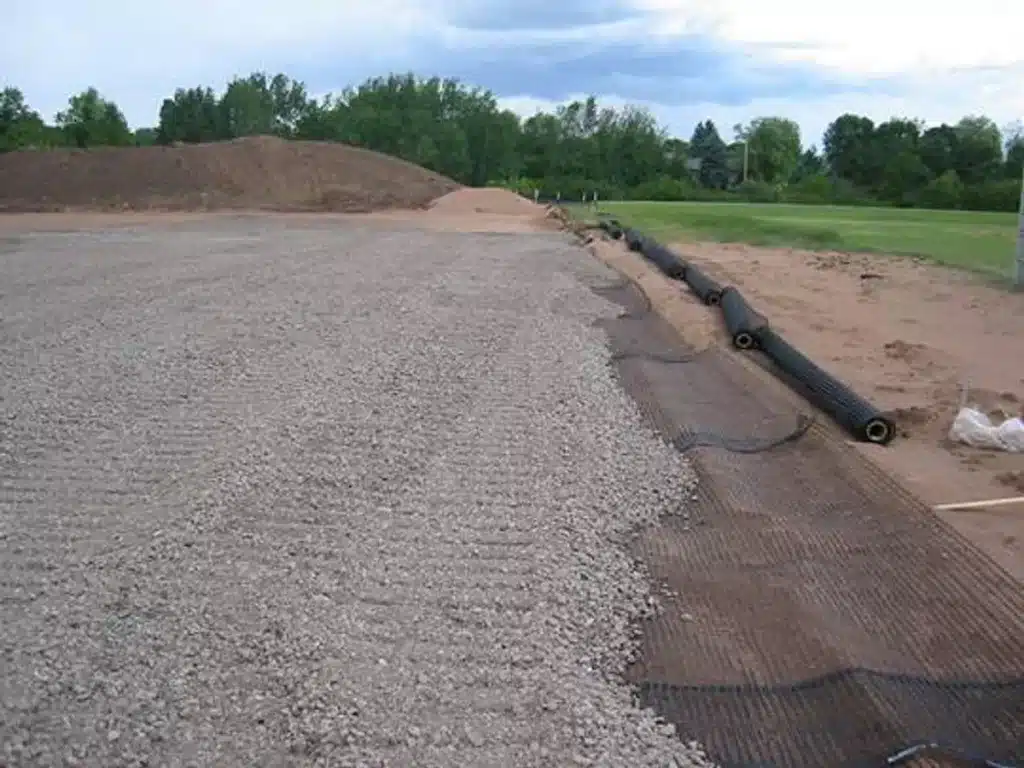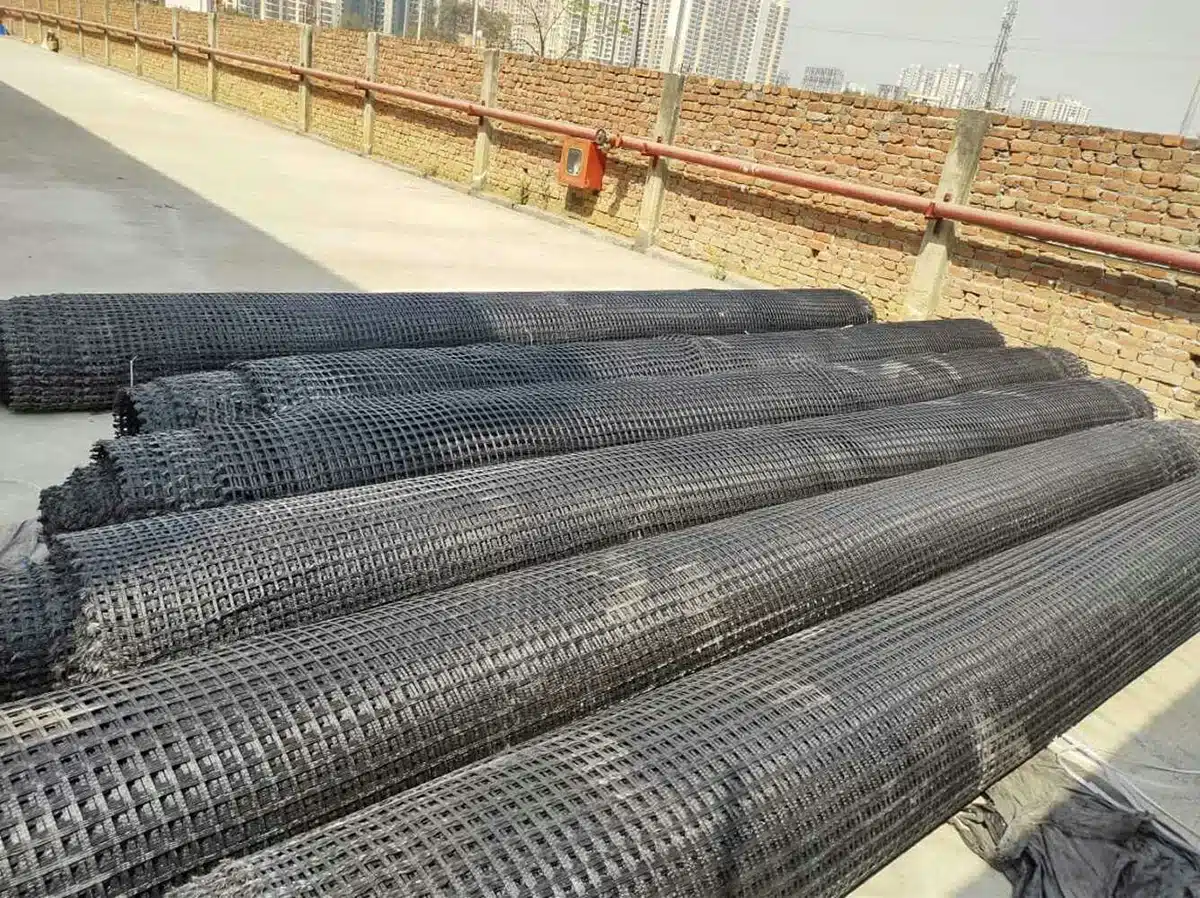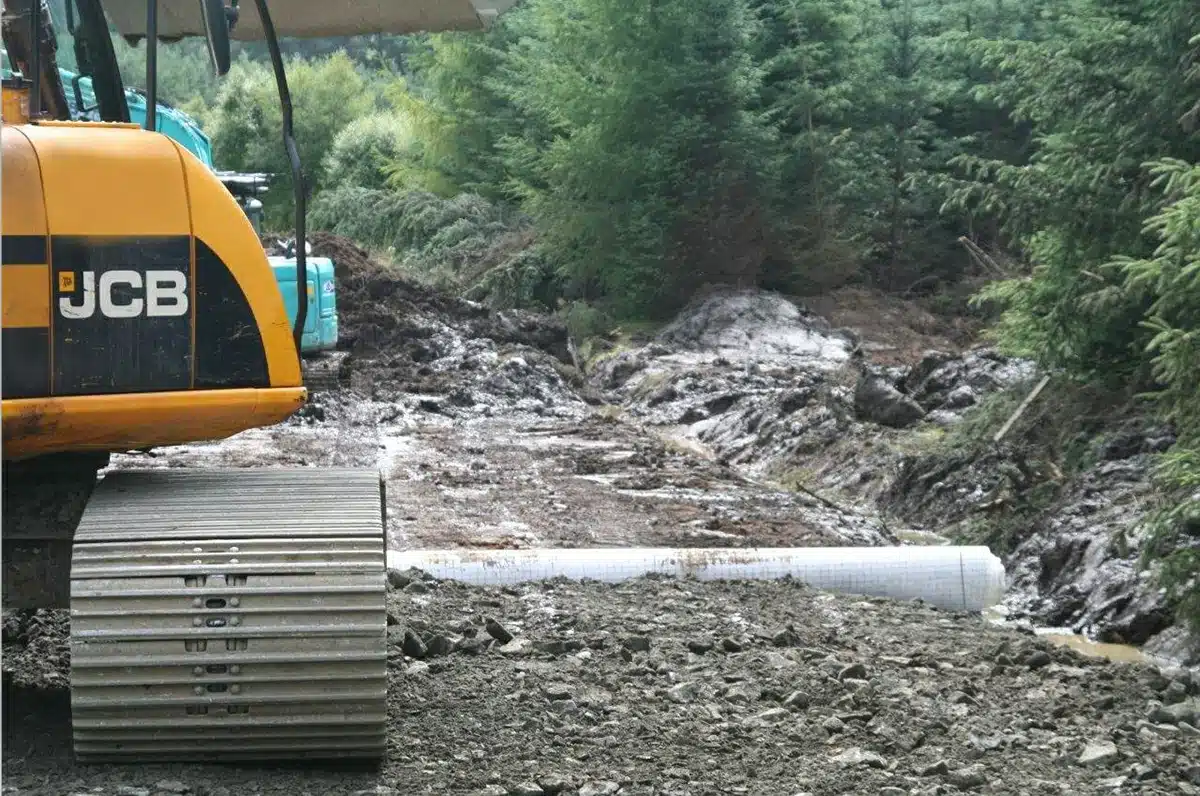+86-159 9860 6917
info@geofantex.com
geofantex@gmail.com
+86-400-8266163-44899
Geogrid for road construction stands as a game-changer in the realm of infrastructure. These innovative materials, meticulously designed and strategically placed within road layers, bolster structural integrity and longevity. Acting as reinforcements, geogrids distribute loads efficiently, curbing deformation and cracking caused by heavy traffic and environmental pressures. Whether made of polypropylene or polyester, these geogrids offer unparalleled tensile strength and durability, effectively mitigating pavement distress and enhancing the resilience of roads. With their pivotal role in minimizing reflective cracking and rutting, geogrids pave the way for longer-lasting, robust roadways capable of withstanding the challenges of modern transportation.

What is the use of geogrids in road construction?
Geogrids play a pivotal role in road construction, acting as reinforcement materials essential to building a construction platform over weak subgrades to carry equipment and facilitate the construction of the pavement system without excessive deformations of the subgrade. These grid-like structures, usually composed of polymers or fiberglass, are strategically positioned within or below the pavement layers. They serve to distribute loads, minimize cracking, and significantly enhance the overall performance of the road. By effectively restraining the lateral movement of aggregates, geogrids notably diminish deformation, thus extending the lifespan of the road.
What is the most common material used for geogrid?
Polypropylene (PP) and polyester (PET) are the most prevalent materials used in geogrid manufacturing, along with polyvinyl alcohol, polyethylene, or polypropylene. Polypropylene geogrids offer high tensile strength and resistance to chemical and biological degradation. On the other hand, polyester geogrids excel in their capacity to handle heavy loads and provide exceptional dimensional stability, ensuring long-term performance in various road construction applications.
What is the effect of geogrid reinforcement on flexible pavements?
Geogrid reinforcement significantly enhances flexible pavements by distributing loads more uniformly across the layers, which helps to redistribute a load to a wider area of the subgrade layer, resulting in a smaller accumulated permanent deformation in the subgrade. This reinforcement minimizes reflective cracking, rutting, and deformation caused by heavy traffic or environmental factors. By improving load-bearing capacity and reducing strain, geogrids effectively mitigate pavement distress, leading to longer-lasting, more resilient roads.
How do you place a geogrid?
The placement of geogrids in road construction involves meticulous steps:
- Surface Preparation: Ensure the base surface is clean, compacted, and free from debris.
- Lay Geogrid: Unroll the geogrid material uniformly across the prepared surface, ensuring to roll it out and allow it to follow the natural contours of the ground, thereby avoiding wrinkles or folds.
- Anchoring: Secure the geogrid edges with proper anchoring techniques to prevent movement during subsequent pavement layers’ installation.
- Cover with Aggregate: Apply a layer of aggregate material above the geogrid to provide stability and support.

In conclusion, geogrids are indispensable reinforcements in road construction, enhancing pavement performance, longevity, and resilience against various stresses. With their diverse materials and proper installation, geogrids contribute significantly to the creation of durable and high-performing roadways that withstand the rigors of heavy traffic and environmental challenges.



Get Free Sample
We’ll respond as soon as possible(within 12 hours)






















